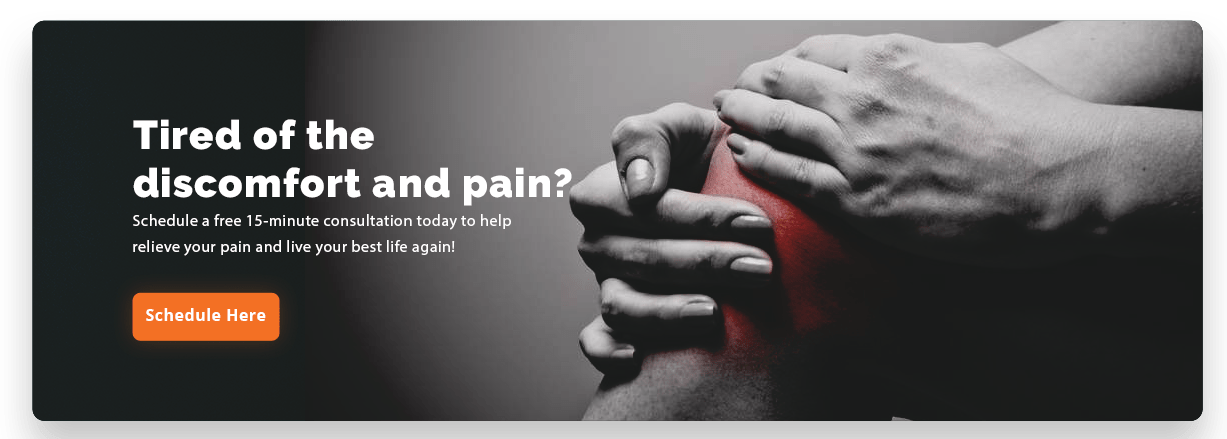Video Transcript:
Good morning everyone. Julian Corwin. Santa Rosa Pain and Performance Solutions.
Today I want to talk to you about neck pain. Neck pain, what are the causes of it? What are some potential solutions, options for you?
Most commonly I see neck pain in women, and there’s a couple of reason for that. One, is cultural reasons. Women have sort of these unrealistic expectations of their body that we have sort of given to them or that they’ve borrowed from culture. There’s an expectation that they’re thin, that they look a certain way. So, they’re usually walking around all the time with their belly pulled in. Now when the belly is pulled in the diaphragm can’t really fully contract.
When the diaphragm contracts the belly expands like this. See, I can make a really good pregnant pose there. So, that’s usually the demonstration I show to clients and if you ask someone with neck pain, hey can you breathe into your belly, chances are that most of the time that they can’t, especially if it’s a woman and especially if she’s had a c-section before.
How does a c-section play into all of this? Well, I’ll show you on the skeleton here. A c-section is a cut just above the pubic bone. By the way this pelvic is way out of alignment and would normally be a lot more in that sort of a tilt. Cut across the abdomen here, which does a number on the rectus abdominus which is a muscle that runs vertically from the ribcage down to the pubic bone. Then, we have horizontal fibers of the transverse abdominus and some diagonal fibers of the obliques and some or all of those get affected by the c-section.
Then, as you can imagine, whenever there’s a wound in the body, some sort of scar or whatever, the body doesn’t want to reopen that wound and doesn’t want to allow infection in because that would affect survival chances obviously. So, from an evolutionary perspective, we have a wound, the body will usually inhibit the muscles associated with whatever would stretch the wound open, which in the obvious case of a c-section would be the diaphragm.
So, rarely does a woman get trained that hey, you had a c-section, you need to learn how to breathe once this wound is healed. It’s just not something that’s imparted on the knowledge of all the people around the c-section, the woman herself, the doctors. They just don’t see this problem. They think the neck pain is coming from a disc, which couple be partially coming from a disc but what caused the disc problem to begin with was a lot of neck compression and a lead-up of neck pain.
So, in addition to the diaphragm causes, I’m going to show you some more stuff on the skeleton here. The scalene muscles, which are the second most powerful muscle of respiration, and they attach from C2 down to C7 and the anterior middle, posterior scalene group. The scalene we’ll just refer to as a group of muscles. They all attach the first rib. When they contract they elevate the first rib, creating a negative pressure in the ribcage which draws air down into the lungs, and diaphragm does this but much more powerfully by pushing all the organs down and the belly out and it draws a lot more air in.
What else can cause us to breathe in this pattern is stress. Fight or flight type symptoms cause us to breathe more in the chest. So, you can imagine a woman, I just saw one this morning is why it prompted me to do the videos, over at the bank and the teller was complaining to me about neck pain. I handed her my business card. Sure enough, c-section, holding her gut in all the time because she’s a little self-conscious about her weight, which she admitted, and couldn’t breathe into the belly and sure enough she had neck symptoms. She had pain between the shoulder blades, which is a classic dorsal scapular nerve entrapment kind of pain referral pattern. A muscle test revealed she didn’t have good opposition strength on the side where she had the pain indicating that the nerve is already being pushed on a little bit. It could be from the disc, could be from entrapment between some structures in the shoulder, and when I felt in here scallions were just off the charts tight.
So, yeah it’s actually a really simple solution. We learn how to breathe again. So, there’s some techniques and some mobilizations to help the diaphragm, help the structures around the diaphragm relax that the diaphragm can contract more easily. So, if you’re suffering from neck pain, give me a call and we’ll set up a consultation. We’ll set up a first appointment and we’ll start getting those things resolved. I’m planning on doing more videos where we show some of these mobilizations. So, keep a look out for those. All right, have a good one.

